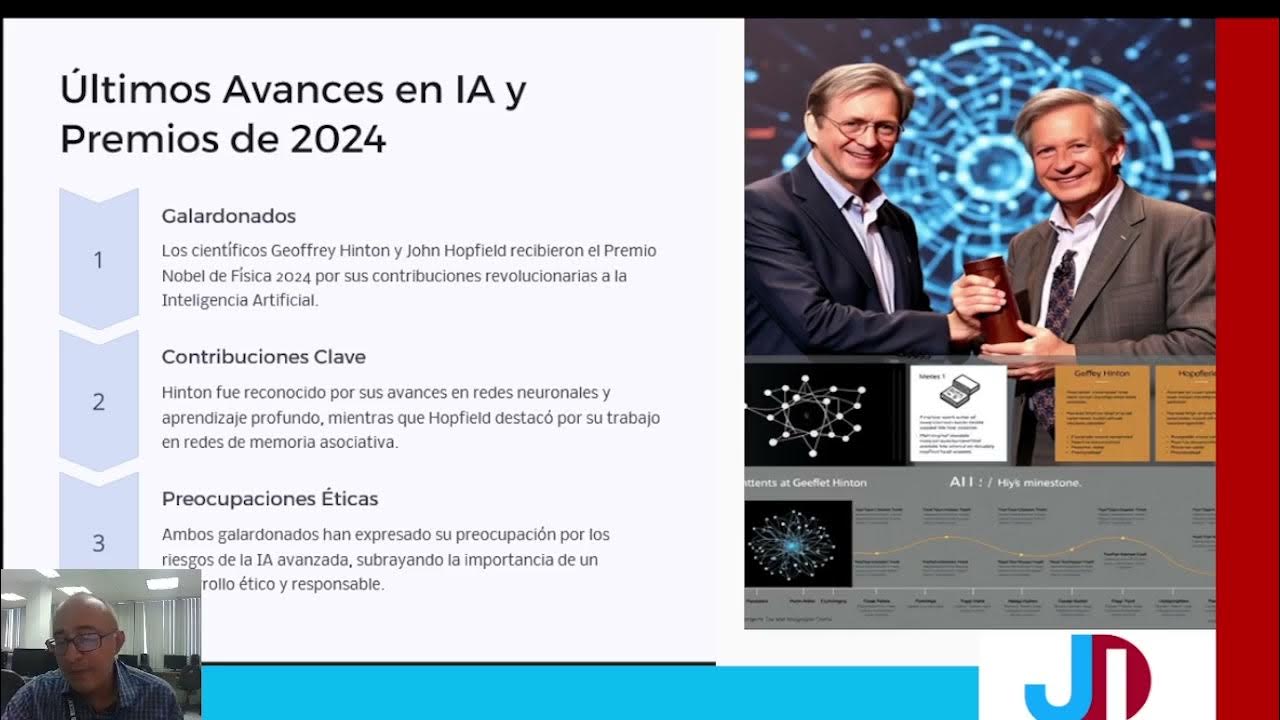Innovating to zero! | Bill Gates
Summary
TLDR比尔·盖茨在演讲中讨论了能源和气候变化对全球贫困人口的影响,强调了能源价格的重要性以及CO2排放对气候变化的贡献。他提出了一个挑战,即到2050年将CO2排放量降至接近零,并探讨了可能的解决方案,包括核能、可再生能源和能源效率的提升。盖茨呼吁更多的研究资金和市场激励措施,以推动技术创新和突破,以实现无CO2排放的能源未来。
Takeaways
- 🌍 能源和气候对全球最贫困的20亿人口至关重要,气候变化对他们的生活影响巨大。
- 🌱 能源价格对减少贫困至关重要,历史上能源价格的下降推动了文明的进步。
- 🔥 CO2排放是全球变暖的主要原因,需要将其降至接近零以防止温度持续上升。
- 📉 目前全球每年排放超过260亿吨CO2,人均约5吨,美国人约20吨。
- 🔄 要将CO2排放降至零,需要在人口、服务、能源效率和单位能源CO2排放四个方面做出改变。
- 💡 提高能源效率是降低CO2排放的关键途径,有些服务能效提升可达90%。
- ⚡ 可再生能源(如太阳能、风能)虽然不依赖燃料,但存在能量密度低和间歇性问题。
- 🔋 目前的电池技术无法满足大规模储能需求,需要实现至少100倍的提升。
- 🌐 为实现2050年80%的减排目标,发达国家需完全转变电力生产方式。
- 🚀 创新是解决能源和气候问题的关键,需要大量公司和研究团队在多个方向上努力。
- 🌟 比尔·盖茨投资的TerraPower公司正在开发新型核能技术,旨在更安全、经济地利用核能。
Q & A
为什么能源和气候对最贫困的20亿人来说非常重要?
-气候变化的恶化意味着他们的庄稼可能会因为降雨过多或过少而无法生长,这会导致饥饿、不确定性和社会动荡。此外,能源价格对他们来说至关重要,降低能源成本是减少贫困的关键。
能源价格下降对现代社会有什么影响?
-能源价格的下降推动了先进文明的发展,例如煤炭革命推动了工业革命。20世纪以来,电力价格的快速下降使得我们能够拥有冰箱、空调等现代设施,并能够制造现代材料,进行多种活动。
CO2排放对地球的影响是什么?
-CO2排放导致地球温度上升,进而引发一系列负面影响,如天气变化、生态系统崩溃等。这些影响可能非常严重,尽管对于CO2增加与温度升高的具体映射关系存在一定的不确定性。
为什么我们需要将CO2排放降至接近零?
-科学家们表示,只有将CO2排放降至接近零,地球温度才会停止上升。如果不达到这个目标,温度将继续上升,导致更严重的后果。
全球每年排放多少CO2?
-全球每年排放超过260亿吨CO2。每个美国人平均排放约20吨,而贫困国家的人平均不到一吨。
能源效率(E)的提高意味着什么?
-能源效率的提高意味着为每项服务提供所需的能源可以大幅减少。有些服务的能源需求甚至可以减少90%。总体而言,如果我们乐观估计,可能会实现三到六倍的减少。
比尔·盖茨提到的五种可能的能源解决方案是什么?
-比尔·盖茨提到的五种可能的能源解决方案包括:化石燃料的燃烧(煤炭或天然气)、核能、以及三种可再生能源(太阳能、风能和其他)。他排除了潮汐能、地热能、核聚变和生物燃料,认为这些可能做出一些贡献,但不足以实现大规模的能源需求。
为什么比尔·盖茨认为我们需要能源奇迹?
-我们需要能源奇迹,因为现有的能源系统无法满足未来对零排放的需求。我们需要创新的能源技术,这些技术必须具有难以置信的规模和可靠性,并且能够在紧迫的时间表内实现。
比尔·盖茨提到的TerraPower是什么?
-TerraPower是一种新型核能技术,它旨在燃烧铀的99%(U238),而不是目前核反应堆使用的1%(U235)。这种方法可以大幅提高成本效益,同时减少核废料的产生,并利用现有核废料作为燃料。
比尔·盖茨如何评估2050年的能源目标?
-到2050年,我们需要实现80%的CO2减排。这需要发达国家完全转变电力生成方式,并且部署零排放技术。此外,2020年的报告卡应该包括效率措施的实施和突破性创新的推进。
比尔·盖茨对气候变化怀疑论者有何看法?
-比尔·盖茨认为,气候变化怀疑论者提出的科学论点非常少,而且大多数论点的可能性都非常小。他强调,即使没有环境约束,能源突破也是最重要的事情,环境约束只是使其更加紧迫。
如果能源创新失败,我们是否需要采取紧急措施来稳定地球的温度?
-如果能源创新失败,我们可能需要考虑所谓的地球工程学,这是一系列可能延迟地球加热的技术,为我们争取时间。但这只是保险政策,我们希望不需要采取这样的措施。
Outlines

Cette section est réservée aux utilisateurs payants. Améliorez votre compte pour accéder à cette section.
Améliorer maintenantMindmap

Cette section est réservée aux utilisateurs payants. Améliorez votre compte pour accéder à cette section.
Améliorer maintenantKeywords

Cette section est réservée aux utilisateurs payants. Améliorez votre compte pour accéder à cette section.
Améliorer maintenantHighlights

Cette section est réservée aux utilisateurs payants. Améliorez votre compte pour accéder à cette section.
Améliorer maintenantTranscripts

Cette section est réservée aux utilisateurs payants. Améliorez votre compte pour accéder à cette section.
Améliorer maintenantVoir Plus de Vidéos Connexes

Toward a Deeper Understanding of Our Climate System Through Data Science | Emily Gordon

Beyond the Box Episode 10: Are we there yet? The road to net zero

国連気候行動サミットにおけるグレタ・トゥーンベリさんのスピーチ(日本語字幕版)

Inteligencia Artificial General (AGI) Y Supe inteligencia Artificial (ASI):Perspectivas y desafíos

Financial statement impact

How Can Supply Chains Embrace Sustainability?
5.0 / 5 (0 votes)
